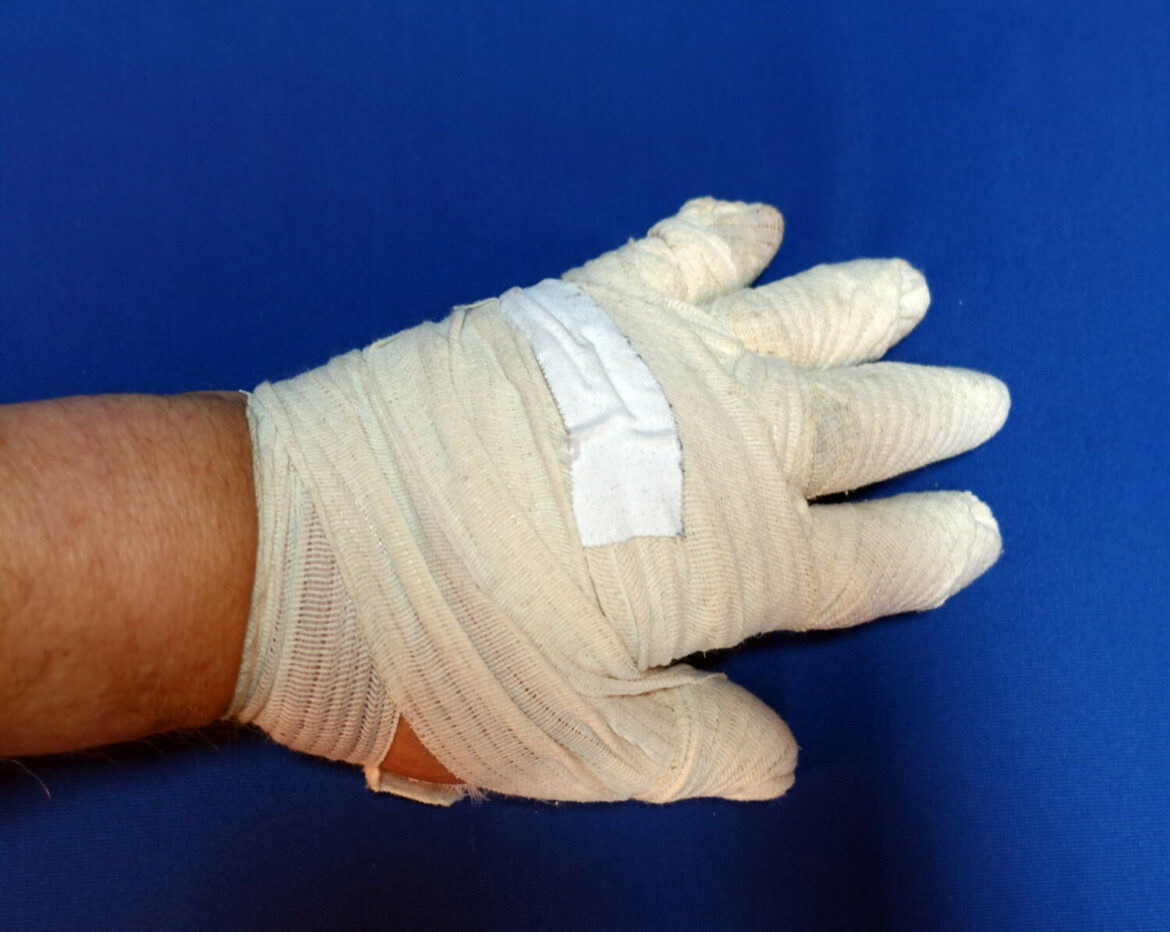There are hundreds of types of dressings for different types of wounds, scrapes or cuts. How do they differ? Which dressing to choose when dealing with wounds that are difficult to heal? This is the subject of the research by scientists from the Łukasiewicz – Łódzki Instytut Technologiczny (ŁIT), who test and analyse products from different manufacturers.
The scientists characterise the key parameters of the dressings, which allows them to collect numerical data. This will provide insight into their performance characteristics such as the dressing’s ‘sticking power’; ‘breathability’; ability to absorb secretions; level of protection against pathogenic micro-organisms; thermo-physiological comfort in use; and level of barrier properties against ultraviolet radiation that will be identified and classified.
The ongoing project work will also result in new test methods. A handbook will also be developed to facilitate the comparison of dressings in terms of specific properties. Not only professionals will benefit. The guidelines will also be fully accessible to patients, who do not need to be familiar with the highly complex market for dressing materials on a daily basis.
As part of the project, Łukasiewicz scientists will be taking dressings for hard-to-heal wounds “under the microscope”. Dressings from all key groups and types of dressing materials (superabsorbent, hydrogel, foam, alginate, antibacterial, fibre, etc.) will be also examined.
The researchers from Łukasiewicz – ŁIT emphasized that the correct choice of the right dressing material can have a key impact on wound healing and should be made based on a comprehensive wound assessment and in accordance with the latest guidelines and trends, based on patient preferences, wound treatment history and the existence of additional factors (e.g. diseases) affecting the healing process.
Adrian Andrzejewski





